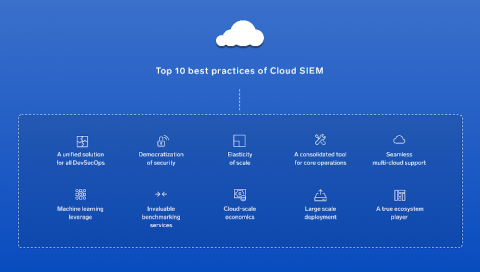Security for Cloud Services: PaaS Deep Dive
Traditional IT organisations have seen significant gains in adopting Platform as a Service (PaaS) solutions. In this blog post, the second in a series looking at the ways to adapt your security operations to reflect the new technologies of cloud solutions, we’re going to look at what you should consider when implementing your security controls for a PaaS environment.




